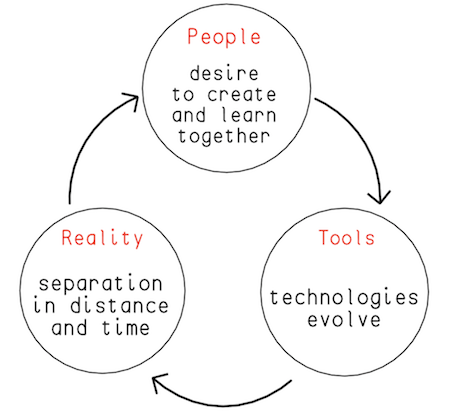The invading humans were nimble, but not all moved fast enough to escape the deadly swipes from the mammoths’ mighty tusks. The mammoths were determined, and tireless in their defense of the herd. Soon their tusks were coated in red.
Yet for every human that fell, more kept coming. And in the distance, another group of human warriors was forming a circle.
These new arrivals were biding their time, spears in hand, waiting for a signal to attack. The mammoths fought on bravely, but deep down they knew their defensive line could not withstand a second assault.
Then, seemingly out of nowhere, Ilara could see a tiny figure streaking toward them. The girl was smaller than any of the other humans on the field, yet her speed and agility made her stand out.
The mammoth warriors ignored the little intruder, as they were busy fighting off the larger humans. They knew the mammoths in the inner circle could easily dispose of such an insignificant threat.
Ilara watched, mesmerized, as the girl bobbed and weaved, apparently running to her doom. She ran between the legs of the mighty mammoth warriors, easily broaching the front lines.
Once she was through, the mammoths on the inner lines turned to face this little human. Now that she was in their midst, it would take mere seconds for them to kill her.
But the girl was now finally near enough for Ilara to see clearly, and suddenly she understood. “Wait!” she shouted, and the mammoths around the girl hesitated for just a moment. It was enough.
With sure strides she covered the distance between her and the little human, until the two of them stood face to face.
“Hello,” she said. “It’s good to see you.”
The girl smiled. “It’s good to see you too.”
Suddenly they realized that the fighting around them had stopped. Both the humans and the mammoths were just standing there, staring at the two of them.
